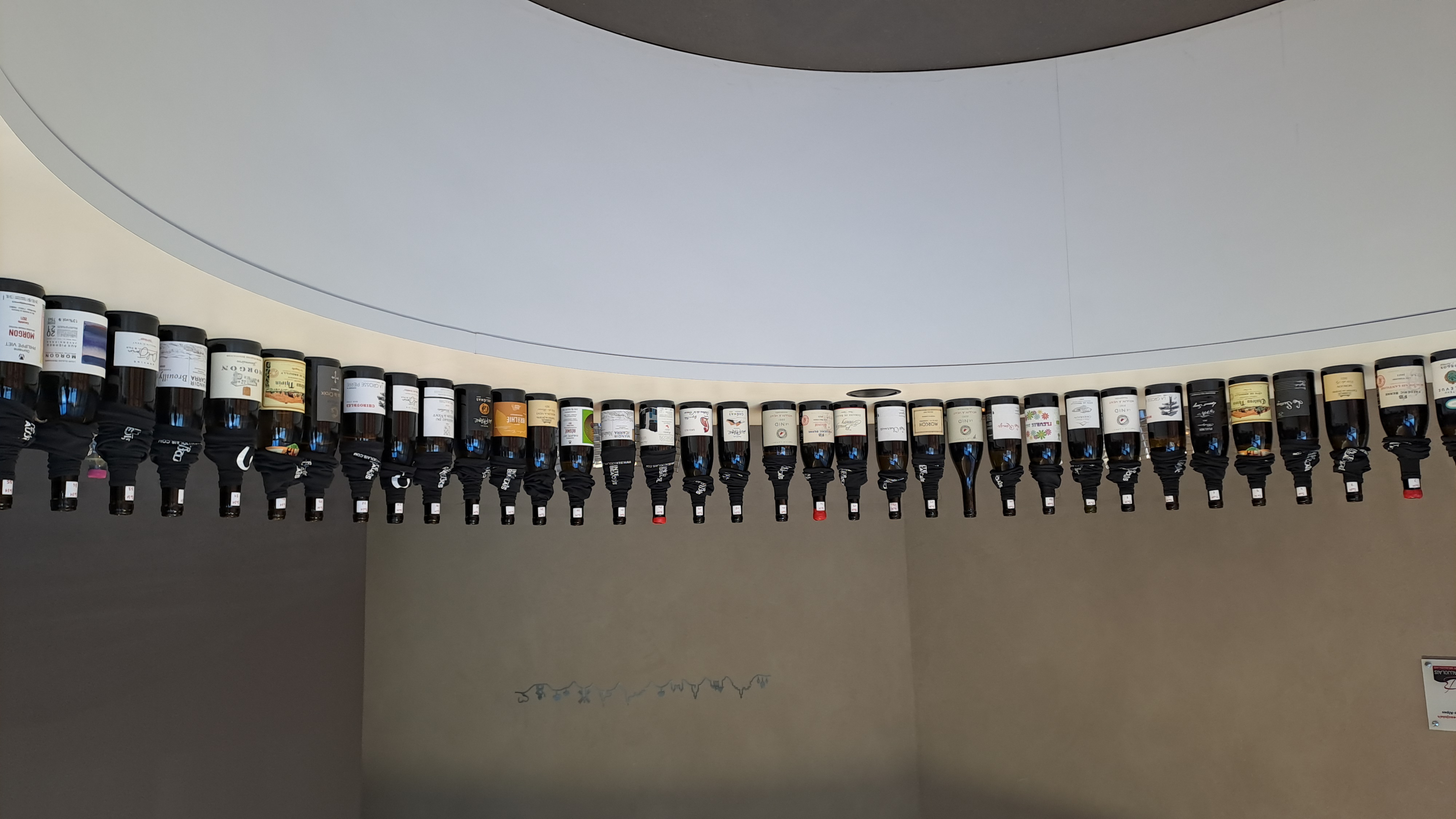A look back at a complicated year in which frost and hail hit certain sectors of the Beaujolais region hard in the spring, followed by rainy spells at the beginning of the summer, to end in mid-August with a beautiful Indian summer, even if a few showers required a final effort of vigilance from the winegrowers.
The vintage in detail
The first quarter of 2021 was marked by a "tropical" dynamic: + 0.4°C average temperature, + 18 mm of rainfall and + 56 hours of sunshine.
This situation leads to a bud break on April 5th on average, which is 2 days earlier than the average (since 1993) but 6 days later than in 2020, 3 days later than in 2019 and 8 days later than in 2018.
Between April 5th and 8th, historic frosts hit the vineyard, making April 2021 the coldest month recorded since 2001. The month of May also followed this trend, leaving the winegrowers with a fait accompli. Let us note in passing that these two months were rainier and sunnier than average (with a record for the month of May 2021, the rainiest since 1959: 157 mm)
The beginning of flowering was reached on June 9 on average (7 days later than in 2019 and 20 days later than in 2020).
The least of July, cool and rainy, deviates, if one can say so, from the rule, with quite little sunshine. The rainfall of July 2021 is the second highest since 1964 after July 1977.
The month of August was cool and dry: rainfall between the 3rd and 7th of August, a last episode on the 12th of August, then almost no rain at all. The beginning of the veraison was on average on August 5th (7 days later than the average since 1993), leaving a welcome respite for the majority of the winegrowers a week later. At this stage, the 2021 vintage is 18 days later than the early 2020. On average, 2021 is the 4th latest vintage after 1992.
So 2021 is indeed a complicated year for the Beaujolais winemakers. The second half of August and the month of September allowed the quality of the grapes to be preserved, although the average quantity of grapes was significantly lower.

Our opinion after tasting
As you know, we hate the famous vintage rating tables. It is as if the weather was the same for all the winegrowers, as if the winegrowers had worked the same hard, and as if, perhaps most importantly, the wine could only have one structural and organoleptic profile which must be approached as closely as possible each year... 2021 is, in this respect, a typical example of a Beaujolais style which has perhaps been forgotten a little too quickly, and which, if we look hard enough, has a fresh, fruity and delicate profile. If we look hard enough...
Because 2021 is indeed heterogeneous. The various climatic hazards that punctuated the year have not been without consequences on the structure of the wines and their aromatic purity (meaning very marked vegetal notes, mousey tastes or volatile phenolics). For the best wines, the grapes having been picked in cool conditions, the wines show acidities which underline a very salivating "red fruit" character. Lighter in alcohol and tannins, they gain in delicacy and let the most noble terroir markers shine through. These are "easy to read" wines, very pleasant to taste, even elegant for the best ones, which, despite a lack of concentration compared to the 2019, 2020 and certainly 2022, will evolve nicely over a few years; 2016 being perhaps the year to be brought closest to 2021 in terms of tasting. This fresh profile, well defined and for some refined, is good after the excellent but powerful 2020, especially when you like the wine to drink and share. We really like 2021. Our selection is to be found very soon, we'll keep you in contact.
